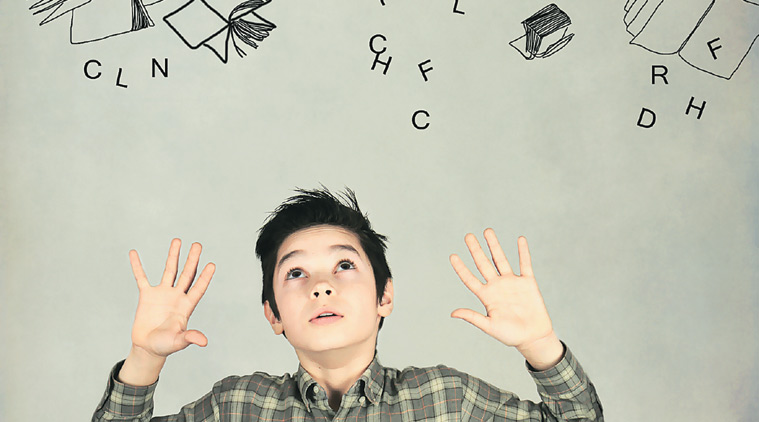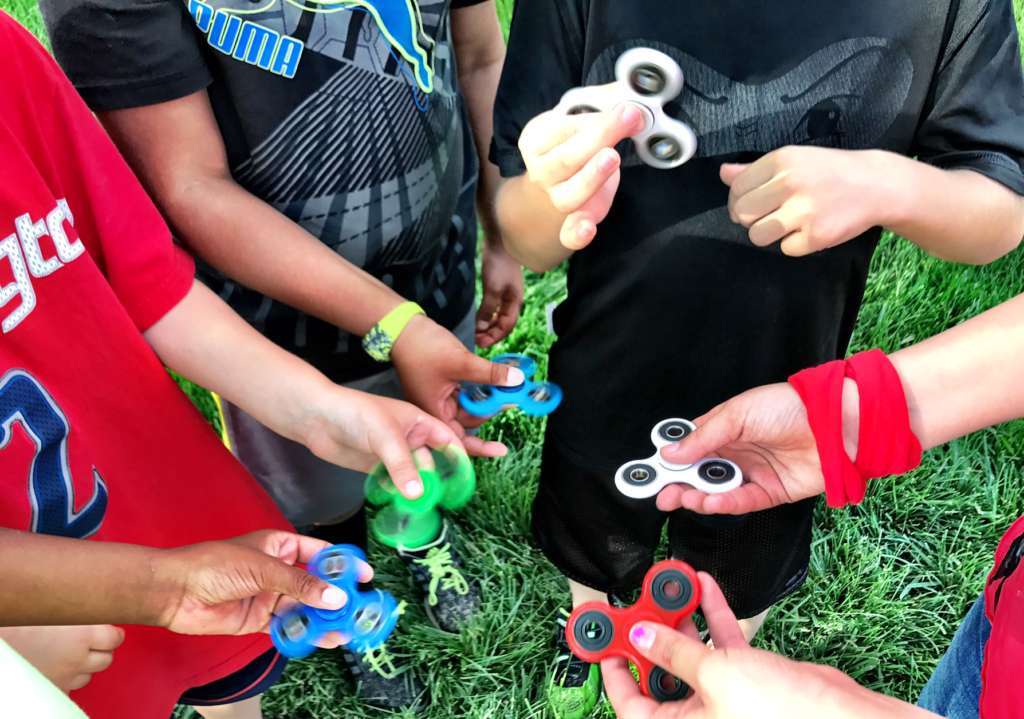What is Dyslexia?
Dyslexia is a type of specific learning difficulty identifiable as a developmental difficulty of language learning and cognition
It is a learning difficulty that primarily affects the skills involved in accurate and fluent word reading and spelling. Characteristic features of dyslexia are difficulties in phonological awareness, verbal memory and processing speed. Co-occurring difficulties may be seen in aspects of language, motor coordination, mental calculation, concentration and personal organisation, but these are not, by themselves, markers of dyslexia
Characteristic features of dyslexia are difficulties in phonological awareness, verbal memory, and processing speed. Dyslexia can also co-occur with other learning difficulties such as Attention Deficit Hyperactivity Disorder (ADHD), Specific Language Impairment (SLI), Developmental Coordination Disorder (DCD), Maths Difficulties (Dyscalculia), and as well as issues with concentration, written expression, social skills, and personal organisation to name a few.
The role of teachers and educators:
The role of teachers and educators is complex…
- Teachers must understand their students
- Evaluate learning performance
- Identify what they need to learn
- Teachers look at students’ ability:
- Assess previous learning
- Understand their ability to think and reason
- Measure confidence in expressing themselves
- Teachers look at effort:
- Gauge how hard they try
- Quantify how much help they get
What if some students are making a lot of effort, but they have something hindering them making it harder for them to learn and you to teach?
Can a student’s dyslexia or learning difficulties be missed?
… at 6? at 10? at 12? or later?
The answer is YES!
Some of the reasons for this are:
- Some students are able “cover up” difficulties they may be having
- Teachers do not always spot children who are experiencing difficulties.
- Even mild difficulties make a difference at 9 or 10, and comprehension difficulties often only emerge only at this stage.
- In a subject teaching situation, each teacher only sees a bit of each child, so may mistake difficulties only relevant to that subject.
- Severe anxiety and emotional difficulties may not emerge until mid-teens although there may have been some earlier signs.

Some children may only have a slight difficulty at first, but reading is highly dependent on speed and efficiency. A skilled reader is dealing with up to 1,000 bits of information per minute, so most processing must be automatic. Slight delays or inefficiencies can cause processing to get delayed and back-up like a traffic jam. The child becomes overwhelmed. You can see this most clearly if an 8 or 9-year-old struggles when reading a story aloud and makes more than an occasional error or must sound out relatively common words because he doesn’t have a large enough sight word vocabulary.
Warning signs that a child has learning difficulties:
- Poor grades
- Physical complaints
- School absence
- Peer pressure (getting involved with the ‘wrong crowd’)
- Disruptive – ‘class clown’ ‘never takes things seriously
- Blaming others – including teachers
- Making excuses for Behaviour
- ‘I give up’ attitude
- Refusal to communicate with parents and/or teachers
- Social difficulties
How can educators help?
Teachers should consider the following:
- If you are concerned about a student’s progress, speak to the child’s parents. They are likely to have similar concerns but could be too afraid to speak to the school.
- Think about how you can explore the issue and try and pinpoint what the child’s specific difficulties are – only then can your support strategies be truly effective.
- Consider that there may be co-occurring issues – language, learning, mental health that
- All behaviour happens for a reason – it gets a need met.
Key ideas for teaching strategies to support your students:
For Students with Dyslexia your teaching should be:
- Explicit and direct – provide exactly what the child needs
- Systematic – concepts broken down and delivered one at a time.
- Structured and Cumulative with the right pace,
- Multisensory, using all the child’s senses to help form the strong associations between letters and sounds
In addition, teachers should:
- Praise the effort
- Be mindful of strengths and difficulties – the difference between ‘can’t’ and ‘won’t’
- Model a better way: avoid focussing on mistakes instead of how to make it better
- Make a ‘criticism sandwich’
- Avoid word triggers
- Scaffold learning
- Set realistic targets and goals
- Help the child transition from being extrinsically motivated to intrinsically motivated

Seeking the support for your student:
As we become more aware of the students amongst us who may be facing some of the learning challenges, we can look at some of the options that can support them. The first step is to empower yourself as an educator in knowing the root of your student’s difficulties. That’s where Screening, Assessments and Specialist support for your student and professional development through training for yourself is important.
Early identification is important, and research has also shown that with timely specialist support the gaps in learning can be remediated and underlying difficulties can be supported.
However, the good news is:
With the right support and thoughtful teaching, children with learning differences have a better chance of succeeding in their learning journey than in the past. A lot can be done to support these students who would otherwise have bad experiences in school. Teachers who are proactive and aware of learning differences can make a difference in the lives of students with learning differences.



















